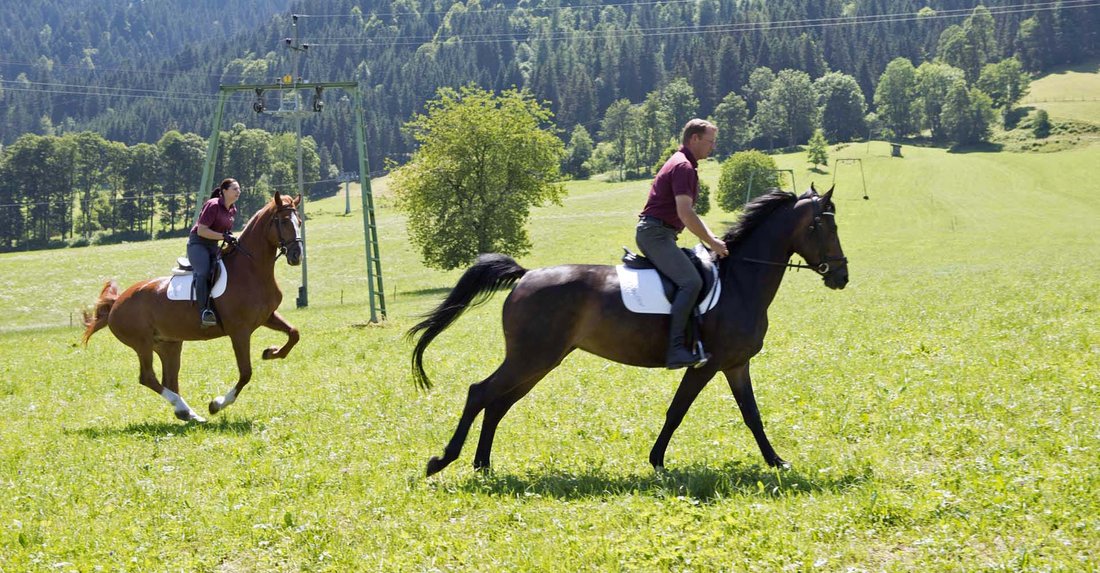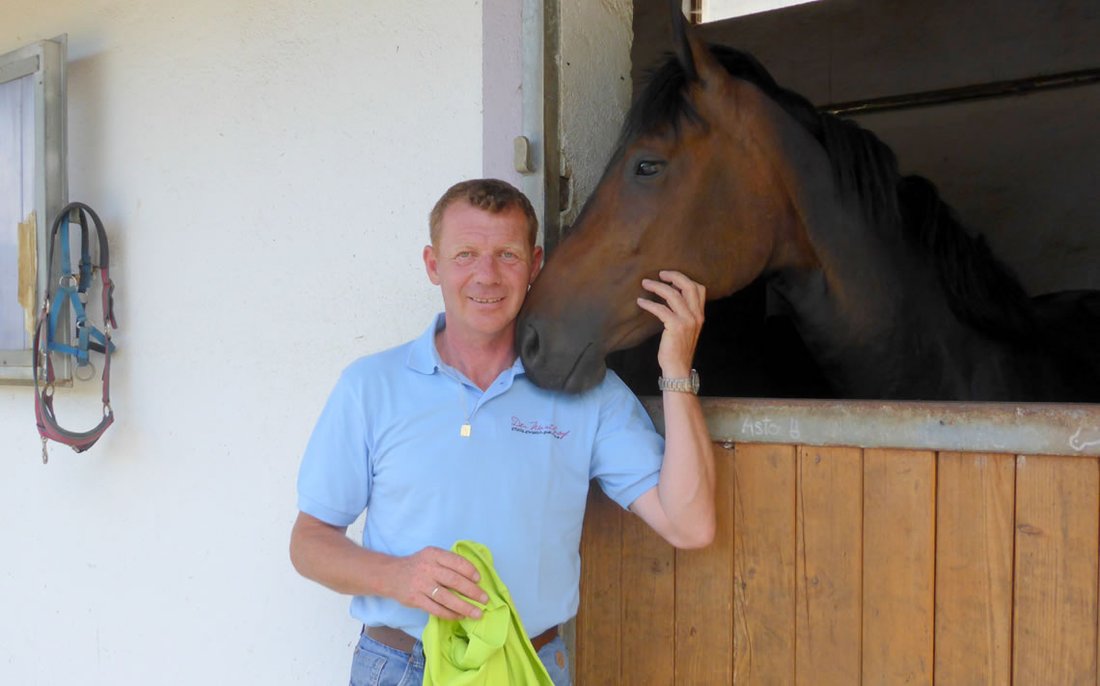
Riding instructor Reini
After completing his training at Ebbs foal farm and following several stays abroad at well-known stud farms in Germany and Austria, Reinhard has now “settled” here and is loved by students for his excellent teaching methods.
A main focus of the offer at the Wastlhof is devoted to horse riding. In addition to the many other leisure activities in the Wildschönau, time spent with horses is one of the most lasting experiences.
It means a lot to us: We want to pass on our love for horses to our guests. In order to enjoy this beautiful passion properly and to the full, good training is essential. Therefore, the Wastlhof employs only highly trained staff with the necessary skills and the gift to pass them on to apprentices.
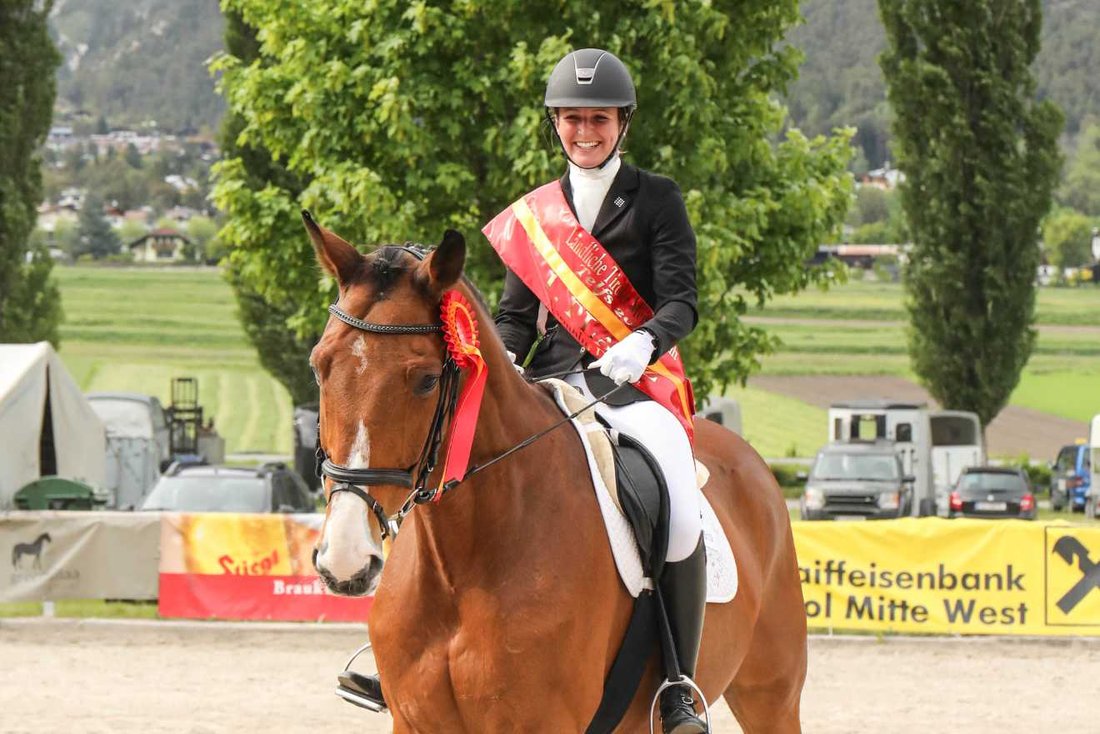
Riding instructor Daniela
Daniela has been riding since her earliest childhood and has been with us at Wastlhof for 4 years.
She has participated in numerous dressage and show jumping competitions and won the Tyrolean dressage championship title with Rocco in 2023. In 2021, Dani also successfully completed the exercise instructor.
Our guests and horse lovers are thrilled with her riding lessons.
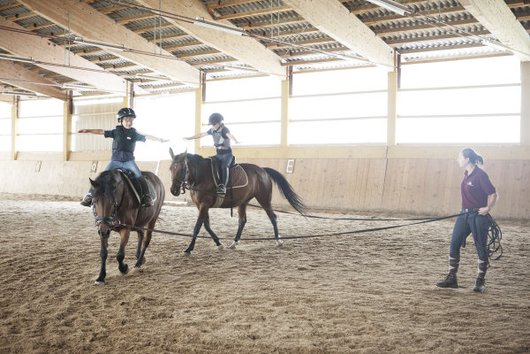
Your first lesson at the lunge
At most horse-riding schools, beginners start out on what is called the lunge. The riding instructor stands in the centre, while the horse, carrying its student, trots around on the end of a lunge line. The instructor determines how fast the horse moves, and with which gait, leaving the student to concentrate on his or her own balance and movements. The instructor assists in mounting the horse and explains how to do it properly. The stirrups are then secured at the right length and the student is usually shown a few ways to hold on – typically using a strap attached to the front of the saddle.
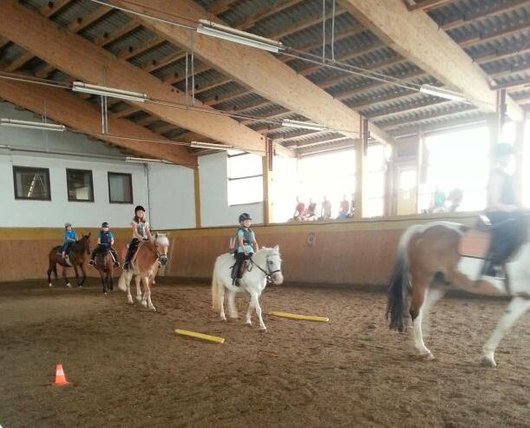
Your first time alone on a horse
After a few hours of riding lessons, once you’ve begun to feel at home on the lunge, have mastered the rising trot as a sequence of motions, and perhaps even moved along at a gallop once or twice, it’s time to sit and ride alone without the lunge line.
It’s also time to put into practice the things the instructor taught during lunging. This can be done, for example, in a group riding together – one behind the other, to start off with. The instructor will continue to provide assistance and explain the use of aids, even if the horse, as is typical, follows the group pretty much on its own.
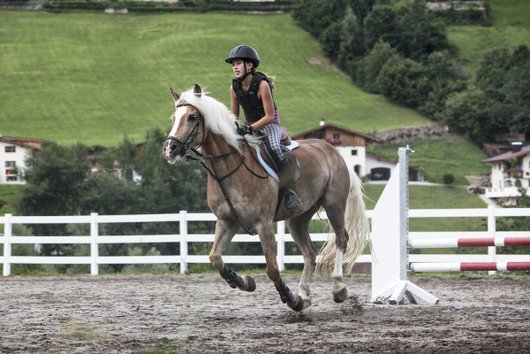
Practice makes perfect
“You can only learn riding by riding.” There’s a lot of truth in this statement, as learning the movements and how to interact with the horse using them takes regular practice. Even if riding mistakes are not particularly noticeable when riding as a convoy, the aim remains to ride the horse the way you want.
To achieve this, riding lessons always include work on tasks that the rider must carry out alone with his or her horse. Smaller groups quickly move on to formation riding, where, in addition to riding your own horse, you need to pay attention to your fellow riders. Now it’s time to acquire some knowledge of what are called the school figures and the rules to ensure that everyone can use the riding arena safely.
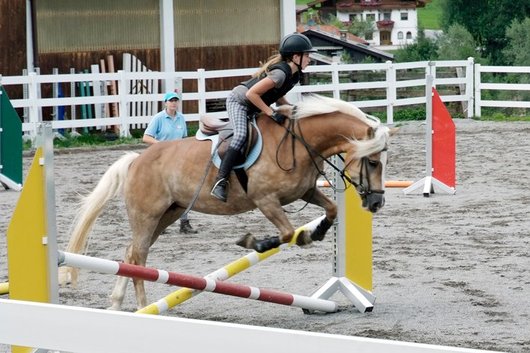
Always something new to learn
You live and learn – there’s always something that can be done better. Good all-round training is helpful here: terrain riding, small jumps, practising sitting on the lunge line – there are many different options. It’s also a good idea to change horses regularly, as this makes you a more skilled rider who can adjust to the different types of animal.
A good riding instructor will always make sure his or her students are given the right horse: a gentle school horse forgiving of riding mistakes to start with, later a trained horse that expects you to take the reins more often. Some people will discover their own riding style – practically anything’s possible after some solid basic training.
School figures
The school figures are an integral part of riding lessons. The aim is to get to know your horse better and make use of rider’s aids. School figures are also exercises for the rider, who learns how to control his or her horse correctly.
There’s no need to feel discouraged if you have difficulty starting out with the school figures. School horses, in particular, don’t always do what they are supposed to with beginners, preferring to outwit and trick their rider. Students, however, should try to perform the school figures as perfectly as possible, as only then do they fulfil their purpose.
By riding many school figures and frequently changing direction, your horse will become supple and attentive. Spirited horses become calmer, lazy ones more diligent – and all of them respond better to the aids if they’re kept busy this way. Monotonous laps tend to make horses restless or leave them shuffling through the lesson without any motivation. Horses can get bored, too!

